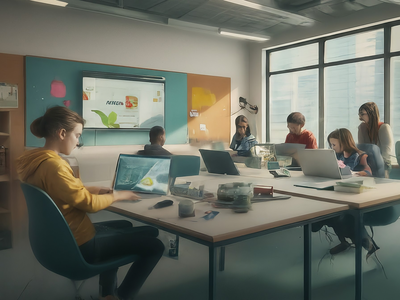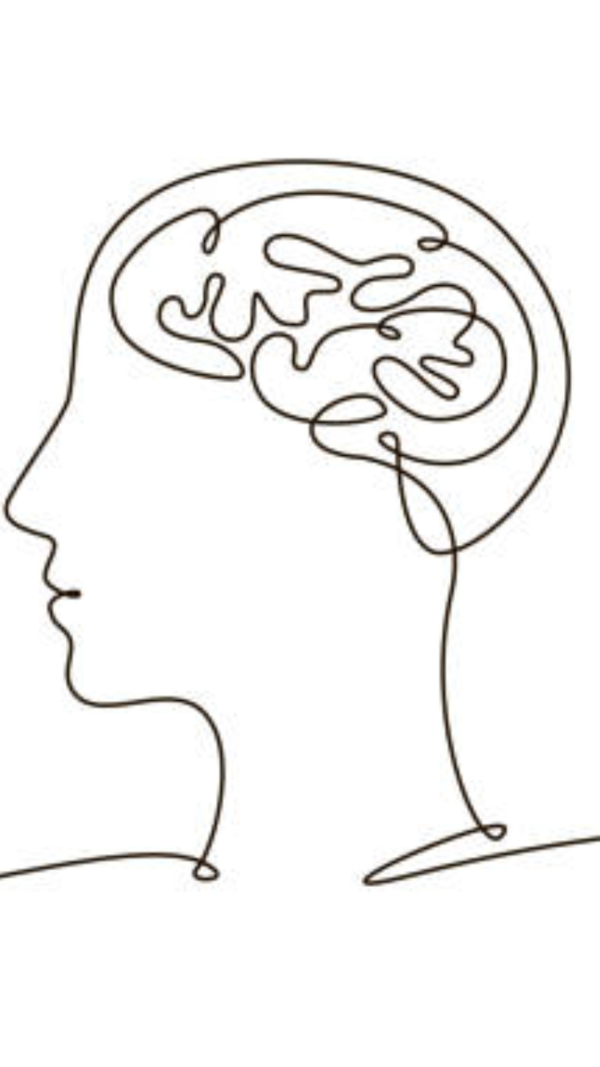In the ever-evolving landscape of online education, the integration of real-time feedback has proven to be one of the most transformative developments. For digital classrooms, where physical proximity between educators and students is absent, maintaining effective communication and personalized learning pathways becomes increasingly vital. The introduction of real-time feedback tools has reshaped how students engage, learn, and succeed in their virtual classrooms. For online schools, this innovation is not just a trend; it is a game-changer that drives measurable progress and achievement.
The Need for Immediate Feedback in Digital Classrooms
Traditional classrooms thrive on the dynamic interaction between teachers and students. The ability to ask questions, clarify doubts, and receive instant answers during lessons is essential for reinforcing learning. However, the nature of online education often makes this immediate exchange challenging, with delays in response time potentially hindering student progress. Real-time feedback solves this challenge by providing students with instant insights on their work. Whether through automated quizzes, teacher comments on assignments, or live assessments during virtual sessions, the timely input allows students to course-correct and improve without having to wait for days to receive feedback on their performance. This immediacy enhances learning in real-time and prevents students from falling into bad habits or misunderstanding core concepts.
The Power of Instant Correction
In digital classrooms, the concept of “instant correction” plays a crucial role. When a student submits an assignment or answers a question, immediate feedback helps them identify where they went wrong and, more importantly, how to fix it. The ability to adjust their approach before moving on to the next topic ensures they don’t accumulate gaps in their understanding, which is often the case when feedback is delayed. For example, when a student answers a math problem incorrectly, real-time feedback can provide step-by-step corrections, showing them where the mistake happened. This instant guidance reinforces the learning process and boosts the student's confidence. Without this quick intervention, students may continue practicing errors, which could lead to frustration and disengagement.
Personalized Learning with Real-Time Feedback
Another major advantage of real-time feedback is its ability to personalize the learning experience. In a typical classroom, teachers can observe students and identify where individual attention is needed. In digital classrooms, this process is not as straightforward, but real-time feedback systems bridge the gap. Many online schools utilize advanced algorithms and tracking systems that monitor student activity and provide personalized feedback based on their performance. For example, if a student struggles with a particular concept, real-time feedback can direct them to supplemental materials, videos, or interactive exercises that focus on reinforcing that concept. Personalized feedback ensures that each student’s learning path is uniquely tailored to their needs, allowing them to progress at their own pace without feeling left behind.
Enhanced Student Engagement and Motivation
Motivation is a critical factor in the success of online learning. One of the challenges of digital education is maintaining student engagement, as remote learners often experience feelings of isolation or detachment. Real-time feedback fosters engagement by acknowledging students’ efforts immediately, providing positive reinforcement when they succeed and gentle corrections when needed. This consistent interaction ensures students feel seen and valued, which, in turn, increases their motivation to stay focused and improve. Additionally, real-time feedback can be structured as gamified elements, such as badges or progress bars, where students receive instant rewards for their efforts. This not only keeps them engaged but also makes the learning experience feel dynamic and interactive. The sense of accomplishment derived from receiving immediate feedback further fuels students’ desire to continue their studies and achieve more.
Building a Growth Mindset
Real-time feedback cultivates a growth mindset in students by promoting the idea that intelligence and skills can be developed through effort and practice. Rather than fearing mistakes, students learn to view them as valuable learning opportunities. As they receive immediate input on how to improve, they understand that learning is an ongoing process rather than a one-time event. For online schools, fostering a growth mindset is especially crucial in digital classrooms, where students may feel disconnected from the instructor or peers. By receiving constructive feedback right away, students build resilience and a positive approach toward challenges. This mindset shift is foundational to long-term academic success and personal development.
Real-Time Feedback and Teacher-Student Connection
While digital classrooms might lack the physical closeness of traditional settings, real-time feedback plays a pivotal role in fostering the teacher-student connection. Teachers are no longer distant figures; they are actively engaged in their students' learning journeys. By providing timely responses, instructors can demonstrate their dedication to each student’s progress, ensuring no one feels overlooked. Moreover, the use of real-time communication tools, such as live chats, video calls, or collaborative platforms, allows for direct interaction between teachers and students. In this way, the feedback process becomes more interactive and conversational, mimicking the face-to-face dynamics of a physical classroom.
The Road Ahead: Integrating Real-Time Feedback into the Digital Future
As technology continues to advance, the potential for real-time feedback to enhance the online learning experience only grows. Artificial intelligence and machine learning technologies are expected to further refine feedback systems, providing even more personalized and efficient learning pathways. For online schools, embracing these technological advancements will ensure that students receive the most effective and up-to-date learning experiences. Furthermore, as digital classrooms become more diverse, educators will continue to refine their methods of delivering feedback, ensuring that it caters to various learning styles and needs. From visual learners benefiting from video explanations to auditory learners receiving detailed voice notes, the future of real-time feedback will be as varied and dynamic as the students themselves.









